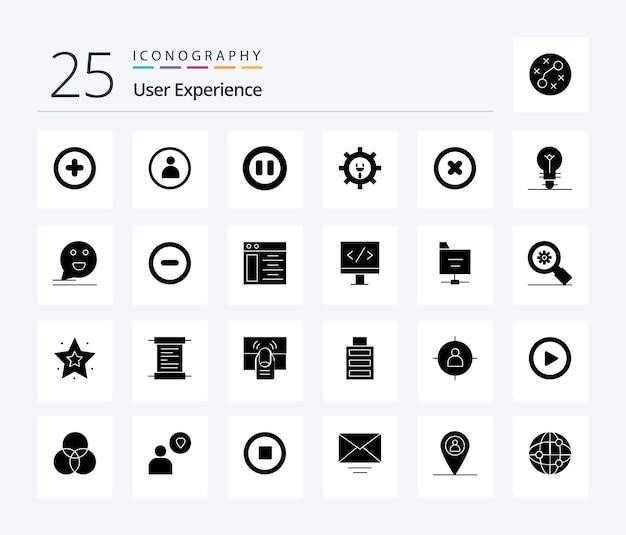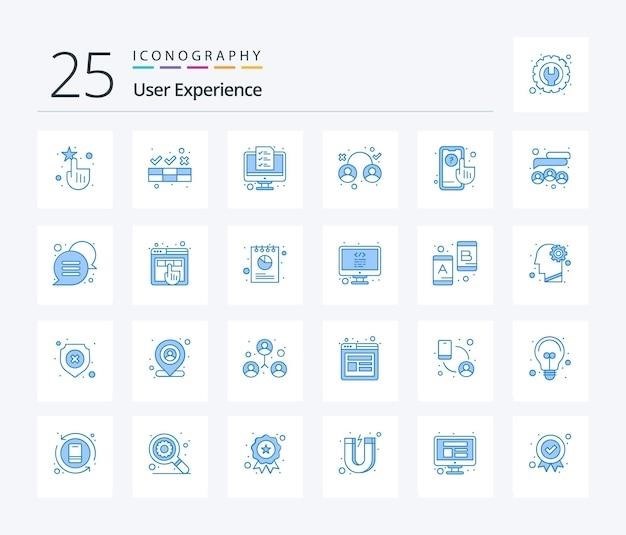
icon user guide
Introduction
User guide icons are small, visual representations of actions, concepts, or information that are used in user guides, online help, and other forms of documentation. They serve as a quick and easy way to communicate information to users, making it easier for them to understand and navigate the documentation.
What are User Guide Icons?
User guide icons, also known as documentation icons or help icons, are small, visually appealing symbols that represent specific actions, concepts, or information within user guides, online help systems, and other forms of documentation. These icons act as visual cues, enhancing the clarity and user-friendliness of instructional materials. They are often incorporated into user interfaces, software applications, and online platforms to provide visual guidance and support to users. User guide icons can range from simple, abstract shapes to more detailed, illustrative representations, depending on the specific information they convey. The choice of icon style and design often aligns with the overall aesthetic of the documentation or product they are associated with.
Why are User Guide Icons Important?
User guide icons play a crucial role in enhancing the effectiveness of user documentation by simplifying complex information and improving user comprehension. They serve as visual shortcuts, enabling users to quickly grasp the meaning of instructions or concepts without needing to read lengthy text. The use of icons can significantly reduce the cognitive load on users, making it easier for them to process and retain information. This is particularly beneficial when dealing with technical or complicated instructions. Furthermore, icons contribute to a more visually appealing and engaging user experience. They can break up large blocks of text, making the documentation more inviting and approachable. This can lead to increased user satisfaction and engagement with the provided instructions.
Types of User Guide Icons
User guide icons can be broadly categorized into three main types⁚ informational, actionable, and warning icons. Each type serves a distinct purpose and conveys specific information to users.
Informational Icons
Informational icons are designed to provide users with general knowledge or context. They are often used to highlight key features, explain processes, or provide helpful tips. These icons typically feature simple, recognizable symbols that convey information without requiring extensive explanation. For example, an icon depicting a question mark might indicate a frequently asked question or a help section. Similarly, an icon displaying a gear might represent settings or options, while a magnifying glass could symbolize search functionality. The use of informational icons can significantly enhance user comprehension by simplifying complex concepts and making information readily accessible.
Actionable Icons
Actionable icons, as the name suggests, prompt users to take specific actions. They are often used to guide users through workflows, initiate processes, or interact with elements within the user interface. These icons typically feature clear, intuitive symbols that visually represent the intended action. For instance, a play button icon signifies the start of a video or audio playback, while a download icon encourages users to retrieve a file. Similarly, a trash can icon indicates the option to delete an item, and a plus sign suggests the creation of new content. The effective use of actionable icons streamlines user interactions, enhancing usability and clarity within the user interface.
Warning Icons
Warning icons are crucial for alerting users to potential dangers, risks, or errors. They serve as visual cues to prevent unintended actions or to highlight critical information that requires immediate attention. These icons often employ bold colors, such as red or yellow, and distinctive shapes, like an exclamation mark within a triangle, to convey a sense of urgency and caution. Examples include icons depicting a lightning bolt for electrical hazards, a skull and crossbones for poisonous substances, or a hand with a stop sign for prohibited actions. The use of warning icons ensures that users are informed of potential risks and are able to make informed decisions, minimizing the likelihood of negative consequences.

Choosing the Right Icons
Selecting the appropriate icons for your user guide is crucial for effective communication and user experience. Consider your audience, the context of the information, and maintain consistency throughout your documentation.
Consider Your Audience
When choosing icons for your user guide, it’s essential to consider your target audience. Are they tech-savvy or beginners? What is their age range and cultural background? Understanding your audience’s demographics and technical abilities helps you select icons that resonate with them. For instance, if you’re creating a user guide for a complex software application, you might opt for more abstract or technical icons. However, if your audience is primarily comprised of older adults or those with limited technical experience, simpler and more intuitive icons are preferable. Icons should be familiar and easily understood by your target audience, ensuring they can readily grasp the information conveyed.
Think About the Context
The context in which your user guide icons will be used is equally crucial. Consider the overall tone and style of your documentation. For example, if you’re creating a user guide for a playful and whimsical product, playful and colorful icons might be appropriate. However, if your documentation is for a more serious or professional product, you’ll want to choose icons that reflect that tone. Additionally, consider the platform where your user guide will be published. If it’s an online document, you’ll need to choose icons that work well in a digital format and are easily scalable. Remember, the icons should complement the overall design and feel of your user guide, enhancing its readability and user-friendliness.
Use Consistent Iconography
Consistency is key when it comes to user guide icons; Using a consistent style and set of icons throughout your documentation helps users quickly recognize and understand their meaning. This reduces confusion and improves the overall usability of your guide. If you’re using a set of icons from a library, make sure they all adhere to the same style and design principles. Avoid mixing and matching icons from different libraries or styles, as this can create a disjointed look and feel. Strive for a cohesive visual language that strengthens your guide’s clarity and professionalism.
Where to Find User Guide Icons
There are numerous resources available for finding high-quality user guide icons, both free and paid. These resources offer a wide variety of styles and designs to suit your specific needs.
Free Icon Libraries
The internet is a treasure trove of free icon libraries, offering a diverse range of options for user guide icons. These libraries often provide icons in various formats, including SVG and PNG, ensuring compatibility with different design software and platforms; Popular platforms like The Noun Project, Icons8, and IconScout offer extensive collections of free icons, catering to various design needs. These libraries allow you to download and use icons for both personal and commercial projects, making them an excellent resource for budget-conscious designers and developers. While some free libraries may require attribution, many offer royalty-free options, giving you complete creative freedom.
Paid Icon Libraries
For designers seeking premium quality, exclusive designs, or a broader range of styles, paid icon libraries offer a compelling alternative. These libraries often boast high-resolution icons, meticulously crafted by professional designers. They frequently provide vector formats, ensuring scalability and crispness across various sizes. Paid libraries also often offer unique features like custom icon requests, extended licenses for commercial use, and access to comprehensive icon sets, including animation libraries. While these libraries come with a cost, they can be a valuable investment for projects demanding high visual quality and unique iconography, enhancing the professionalism and impact of user guides.
Creating Your Own Icons
For those seeking complete control over their iconography and a truly unique visual identity, creating your own icons can be a rewarding endeavor. This approach allows for customization tailored to your specific project, ensuring a cohesive visual style. While requiring design skills, it provides flexibility to perfectly align icons with your brand, user interface, and documentation tone. Tools like Adobe Illustrator, Figma, or Sketch offer a powerful platform for icon creation, enabling you to craft icons from scratch or utilize existing templates. Creating your own icons allows for a personalized touch, enhancing the user experience and branding consistency throughout your documentation.
Using User Guide Icons Effectively
To maximize the impact of user guide icons, careful consideration must be given to their placement, size, color, style, and accessibility.
Placement and Size
The placement of icons within a user guide is crucial for their effectiveness. Icons should be placed strategically near the text or instructions they relate to, ensuring they are visible and easily associated with the corresponding content. This proximity avoids confusion and allows users to quickly grasp the meaning behind each icon. Furthermore, the size of the icons should be carefully considered. They should be large enough to be easily visible and recognizable, especially on smaller screens or when viewed from a distance. However, they should not be so large that they overwhelm the surrounding text or dominate the layout. A balance must be struck between visibility and aesthetic harmony.
Color and Style
The color and style of user guide icons play a vital role in their effectiveness and overall aesthetic appeal. Choosing the right colors is essential for conveying the intended message and ensuring accessibility for all users. For example, using contrasting colors can improve visibility for users with visual impairments. Consistent color schemes should be adopted throughout the user guide, helping users quickly identify and understand the meaning of different icons. Furthermore, the style of icons should be carefully considered. Icons should be clear, simple, and easily recognizable, avoiding overly complex designs that can be confusing or difficult to interpret. A consistent style across all icons will enhance the overall visual coherence of the user guide, creating a cohesive and user-friendly experience.
Accessibility Considerations
When using icons in user guides, it is crucial to consider accessibility for all users. This includes users with visual impairments, cognitive disabilities, and other accessibility needs. To ensure inclusivity, icons should be designed with clear and distinct visual cues; For example, using high-contrast colors and avoiding overly complex designs can enhance visibility for users with low vision. Additionally, providing alternative text descriptions for icons allows users who rely on screen readers to understand their meaning. Furthermore, consider the size and placement of icons, ensuring they are large enough to be easily seen and not obscured by other elements on the page. By prioritizing accessibility in icon design and usage, user guides can be made more inclusive and accessible to a wider audience.
User guide icons are essential for clear and effective communication, enhancing user experience and making documentation more accessible.
The Importance of User-Friendly Documentation
In today’s digital world, user-friendly documentation is crucial for the success of any product or service. It empowers users to understand and interact with complex systems, software, or devices with ease. Well-designed documentation not only helps users navigate features and functionalities but also promotes a positive user experience. Clear and concise instructions, coupled with intuitive visuals and informative graphics, can significantly reduce user frustration and enhance overall satisfaction. This, in turn, leads to greater product adoption, increased user engagement, and ultimately, a more loyal customer base.
The Role of Icons in Effective Communication
User guide icons play a vital role in enhancing communication and user comprehension. They act as visual cues, simplifying complex information and making it more accessible to a wider audience. Icons can convey information quickly and efficiently, bypassing language barriers and cultural differences. By using universally recognized symbols, they provide a consistent and intuitive visual language that users can easily understand, regardless of their background or technical expertise. This universal understanding fosters a more inclusive and user-friendly experience, ultimately leading to improved user engagement and satisfaction.